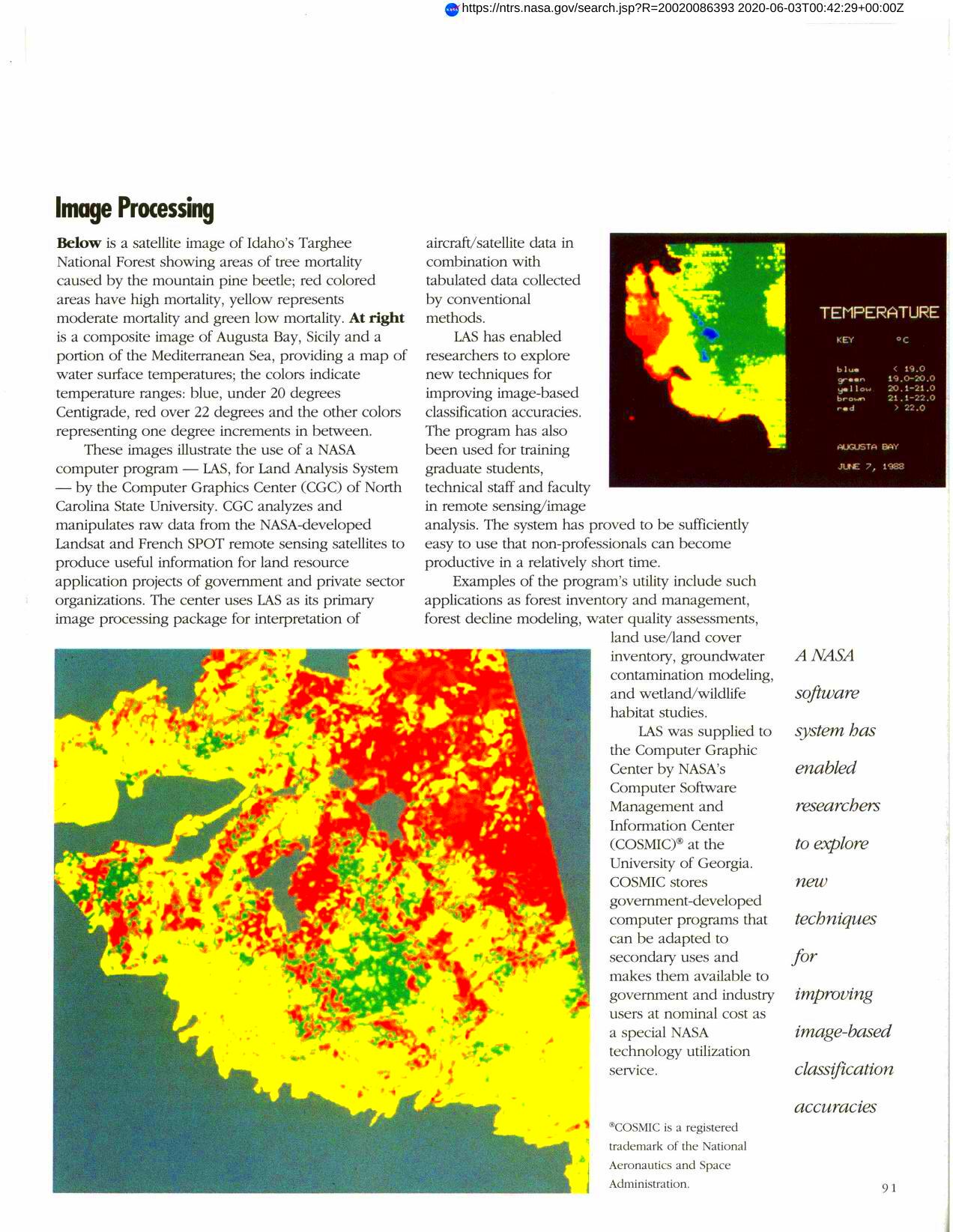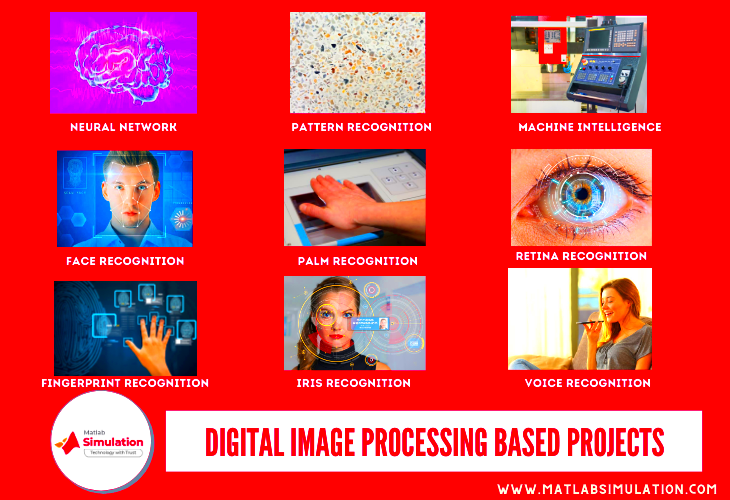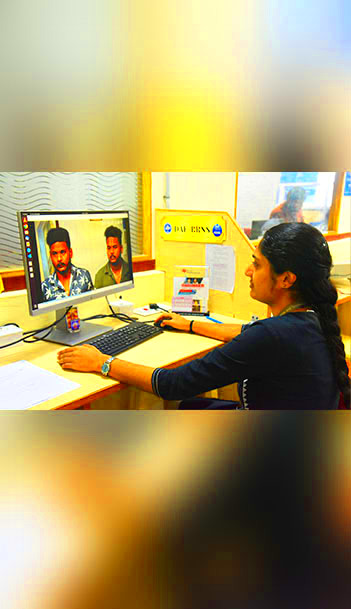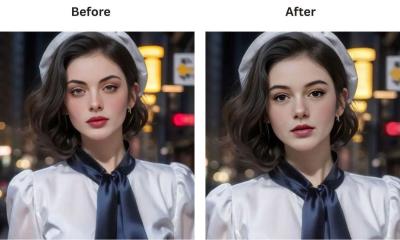Folks have to know that these image processing laboratories are very vital in this digital age where visuals are core to communication technology. The objective of such laboratories is to improve, analyze, and change
images through a variety of techniques and technologies.Image-processing labs are the ones which are needed in order to make raw
images invaluable insight or product irrespective of whether one is doing scientific research, medical imaging or multimedia applications.
The Importance of Image Processing in Today's World

Within an image-dominated society, the value of image processing has risen to unprecedented heights. The following are some of the explanations:
- Improved Quality: Image processing helps enhance the quality of images, making them clearer and more visually appealing.
- Data Analysis: It allows for the extraction of useful information from images, which is vital in fields like healthcare and security.
- Automation: Automated image processing saves time and reduces human error in various applications, from manufacturing to surveillance.
- Art and Media: In photography and film, image processing is essential for editing and creating stunning visual effects.
In general image processing enriches our relationship with reality contributing hence it is important part of science and craft.
Top Image Processing Labs in the USA

Here are several influential American image processing laboratories belonging to more sophisticated technology:
| Lab Name | Location | Specialty |
|---|
| MIT Media Lab | Cambridge, MA | Research in media technologies and image processing |
| Stanford Vision and Learning Lab | Stanford, CA | Machine learning and computer vision |
| UC Berkeley Vision and Learning Center | Berkeley, CA | Research on visual recognition and processing |
| Caltech Optical Imaging Lab | Pasadena, CA | Advanced imaging techniques for various applications |
What was impossible is now coming to be, and their discoveries are being used to address the most pressing issues in society.
Key Technologies Used in Image Processing

Various technologies are utilized in image processing for turning raw imagery into actionable insights. The following are essential methods employed:
- Digital Signal Processing (DSP): This technology processes images in a digital format, allowing for advanced manipulation and enhancement.
- Machine Learning: Algorithms learn from data to improve image recognition and classification tasks, making processes smarter over time.
- Computer Vision: This field focuses on enabling machines to interpret and understand visual information from the world, facilitating various applications.
- Image Segmentation: This technique divides an image into segments or regions for easier analysis, making it useful in medical imaging and object detection.
- Fourier Transform: A mathematical method that transforms images into frequency components, allowing for noise reduction and image compression.
Essential for the improvement in image quality, extraction of features and analysis of
images across various areas of study, these technologies contribute towards more effective and efficient interaction with such content by us as viewers.
Applications of Image Processing in Various Industries
Image processing is widely utilized in numerous industrial domains, with all sectors obtaining advantages that come from the capacity to assess and handle pictures. These are among the major uses:
- Healthcare: Medical imaging techniques, like MRI and CT scans, utilize image processing to help doctors diagnose and treat patients more accurately.
- Automotive: In self-driving cars, image processing helps interpret data from cameras and sensors to navigate safely.
- Aerospace: Satellite imaging relies on image processing to monitor environmental changes and support military operations.
- Entertainment: In film and video games, image processing creates stunning visual effects and realistic animations.
- Retail: E-commerce platforms use image processing for better product images and augmented reality applications, enhancing the customer experience.
Such various applications exemplify the significance of image processing in today’s world, thereby promoting creativity and enhancing services across many fields.
Challenges Faced by Image Processing Labs
However, while image process lab has reach reasonable progress, it is also faced with a number of challenges which can impede its progress.
- Data Quality: The effectiveness of image processing algorithms heavily depends on the quality of the input images. Poor-quality images can lead to inaccurate results.
- Processing Speed: As image sizes and resolutions increase, processing times can become a bottleneck, especially in real-time applications.
- Algorithm Complexity: Developing effective algorithms can be complex and requires extensive testing and validation to ensure reliability and accuracy.
- Ethical Concerns: The use of image processing in surveillance and personal data can raise ethical issues, including privacy concerns and potential misuse.
- Resource Limitations: Many labs may struggle with limited funding and resources, affecting their ability to research and develop new technologies.
These problems need to be resolved for them to grow and flourish in their work; thus they must attack such issues with all vigour and passion as to innovate new things that look impossible.
Future Trends in Image Processing
Rapidly evolving is the field of image processing, driven by technological advancements and by increased demands in various sectors. Here are some future trends to keep an eye on:
- AI and Deep Learning: As artificial intelligence continues to advance, deep learning algorithms will play a crucial role in image processing, enabling more accurate image recognition and classification.
- Real-Time Processing: The demand for real-time image processing will grow, particularly in areas like autonomous vehicles and augmented reality, where immediate responses are essential.
- Cloud-Based Solutions: With the rise of cloud computing, more image processing tasks will be conducted in the cloud, allowing for scalability and collaboration across teams worldwide.
- Enhanced Image Quality: New techniques for image enhancement will improve the quality of low-resolution images, making them clearer and more useful in various applications.
- Integration with IoT: Image processing will become increasingly integrated with Internet of Things (IoT) devices, enabling smarter home security systems and industrial applications.
A future full of hope glimmers for image processing based on the indicated trends, thus making it an enthralling domain for exploration and usage throughout several sectors.
FAQ About Image Processing Labs
Here’s a breakdown of some of the popular queries regarding image processing labs and their activities:
What is the main purpose of an image processing lab?
- An image processing lab focuses on researching and developing technologies and techniques to improve the analysis, enhancement, and transformation of images.
What kind of projects do image processing labs typically work on?
- Projects can range from medical imaging and computer vision to developing algorithms for better photo editing and security applications.
How do labs ensure the accuracy of their image processing techniques?
- Labs typically conduct rigorous testing and validation using high-quality datasets to evaluate the performance of their algorithms and technologies.
What industries benefit most from image processing?
- Industries such as healthcare, automotive, aerospace, entertainment, and retail see significant benefits from advancements in image processing.
Are there ethical considerations in image processing?
- Yes, there are concerns regarding privacy and data usage, especially when it comes to surveillance and personal information processing.
The following answers to commonly asked questions shed light on the vital tasks performed by image processing laboratories and their consequences for many industries.
Conclusion on Image Processing Labs
For this, therefore this law apply to all image processing is not on applicants who are not that we must then assume the aim of this structure must be achieved through its members. Image processing labs are used in the field of the communication with systems and devices used by human beings for processing
images.In other words, these structures are essential in developing information technology, which can also help scientists better understand how people perceive visual stimulation. They do so by concentrating on improving picture quality and creating new techniques, thus contributing to various fields such as medicine, the arts, and entertainment among others.As we gaze into the future, it is certain that artificial intelligence and other nascent technologies will continue fueling further innovation within this industry. The constraints that imaging laboratories encounter call for imaginative solutions and interdisciplinary cooperation.Ultimately, what takes place in these laboratories does not only expand the parameters of technology but also enhances our daily lives by means of enhanced image scrutiny and treatment options.
 Within an image-dominated society, the value of image processing has risen to unprecedented heights. The following are some of the explanations:
Within an image-dominated society, the value of image processing has risen to unprecedented heights. The following are some of the explanations: Here are several influential American image processing laboratories belonging to more sophisticated technology:
Here are several influential American image processing laboratories belonging to more sophisticated technology: Various technologies are utilized in image processing for turning raw imagery into actionable insights. The following are essential methods employed:
Various technologies are utilized in image processing for turning raw imagery into actionable insights. The following are essential methods employed:
 admin
admin








